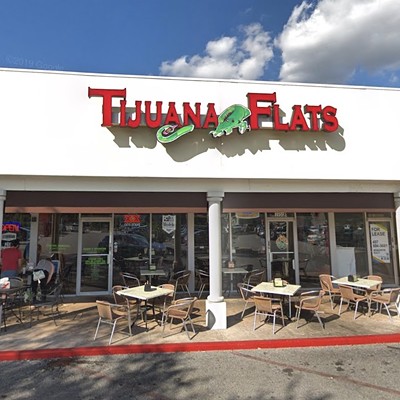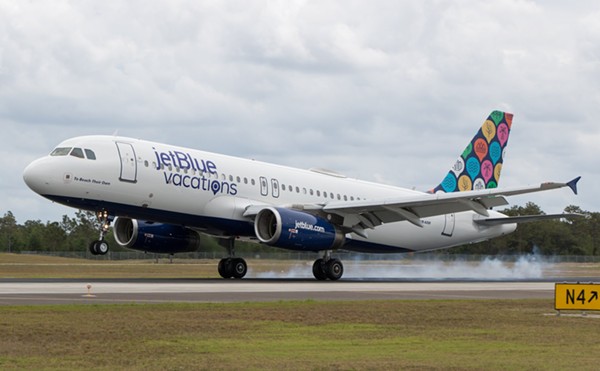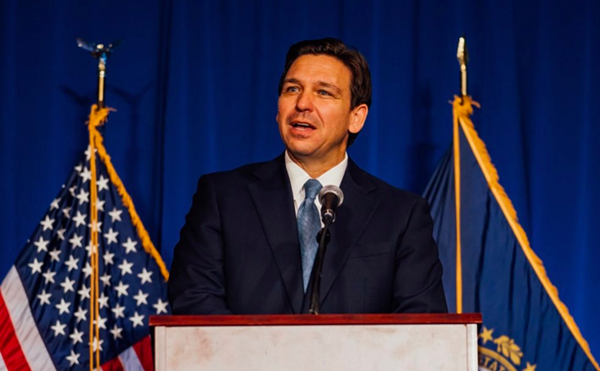Kissimmee-based Tupperware is a cultural icon, recently celebrated at the Smithsonian Institution's Museum of American History with a media briefing to launch the publication of a new book, "Tupperware: The Promise of Plastic in 1950s America."
Author Alison J. Clarke tells the story of Earl Tupper and Brownie Wise. Tupper, the conservative New Englander who worked for DuPont, created Tupperware in 1942. Tupper believed that Tupperware would improve women's lives -- no more spills or odors in the refrigerator, no more wasted leftovers.
But for years, Americans were not impressed with plastics or Tupper's containers. Tupperware sat on store shelves.
Enter Wise. A middle-age housewife and impoverished single mom, Wise sold Tupperware door-to-door. Tupper was amazed by her numbers. Tupper wanted to know her secret. Wise confessed: the Tupperware home party.
Tupper pulled his entire product line from all retail outlets. In 1951, the Tupperware party became the company's exclusive form of distribution and sales. By the mid-1950s, the Tupperware party became a regular occurrence throughout America, and sales boomed.
Friction grew between the reclusive Tupper and the flamboyant Wise. He fired her in the late 1950s, but the corporation continued to flourish.
Today, a Tupperware party is held every 2.5 seconds, sales top $1.2 billion worldwide, and Tupperware has become a symbol for the American way of life.
"Astounding," is how the Smithsonian public relations people put it.
But nowhere in the book is "the promise of plastic" balanced against the consequences. What about the workers and the people who live near plastics manufacturing facilities, and the threat to their health and well being? Why no questions about the 30 percent (by volume) of municipal landfills that are filled with plastics and the impact that has on the environment?
As the environmental movement took hold, Barry Commoner's 1971 book "The Closing Circle" set the stage for revelations of the cancer-causing effects of plastics production and use, and of the harmful dioxins that polyvinyl chloride (that's vinyl) released into the air. Throwaway plastic litter choked sea turtles and ducks. The production of Styrofoam cups released ozone-depleting chloroflurocarbons into the air. As anyone who has ever set a plastic bag aflame knows, burning plastic releases a horrible, noxious smoke into the air.
A large percentage of Americans believe plastics are harmful to health and the environment. Why did the Smithsonian publish a book that asks no critical questions about the company?
In December 1984, The Tupper Foundation -- the foundation started by Earl Tupper -- gave $4 million to the Smithsonian's Tropical Research Institute in Panama. Earl Tupper's papers were donated to the Museum of American History -- papers that Clarke relied on to research her book. In May 1993, the Tupper Foundation also gave $200,000 to the archives collection at the museum, where Earl Tupper's papers are housed. Tupperware Worldwide gave $15,000 to the Smithsonian over the past four years to safeguard archival film footage about the company.
Smithsonian officials pretend not to understand the problem of corporate control over history.
"Why is it important?" asks Mimi Minnick, a Smithsonian archivist. "They are a private family. [The $200,000] is an unrestricted gift. They had no control or influence over the book. They didn't buy anything."
Maybe they didn't. But the rule of thumb in these cases is simple -- don't bite the hand that feeds you. And the Smithsonian didn't.
The Smithsonian used to be a public space -- where independent historians could present history and independent scientists could present science -- free of the distorting lens of profit-making large corporations. But it's been transformed into a bustling accounts receivable department -- where big money defines the outline of history and science.
In the past, the Smithsonian has taken big money from the chemical industry to present an exhibit on "Science in American Life" and from the oil industry to present an exhibit on "Oil in the Arctic." Now, it puts out a puff piece on plastics.
And it's not just the Smithsonian that is selling its public space. The Library of Congress recently hosted an interview by Parade magazine editor Walter Anderson of Disney CEO Michael Eisner, part of a series "on the moral, academic and technological challenges of the next century." How much money Disney has donated to the Library? "They are a major contributor," said Library spokesman Craig D'Ooge. "I'll get back to you with the numbers."
Russell Mokhiber is editor of the Washington, D.C.-based Corporate Crime Reporter. Robert Weissman is editor of the Washington, D.C.-based Multinational Monitor.


















